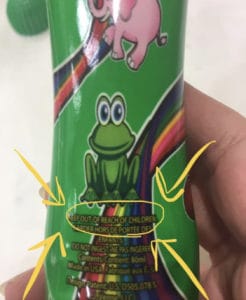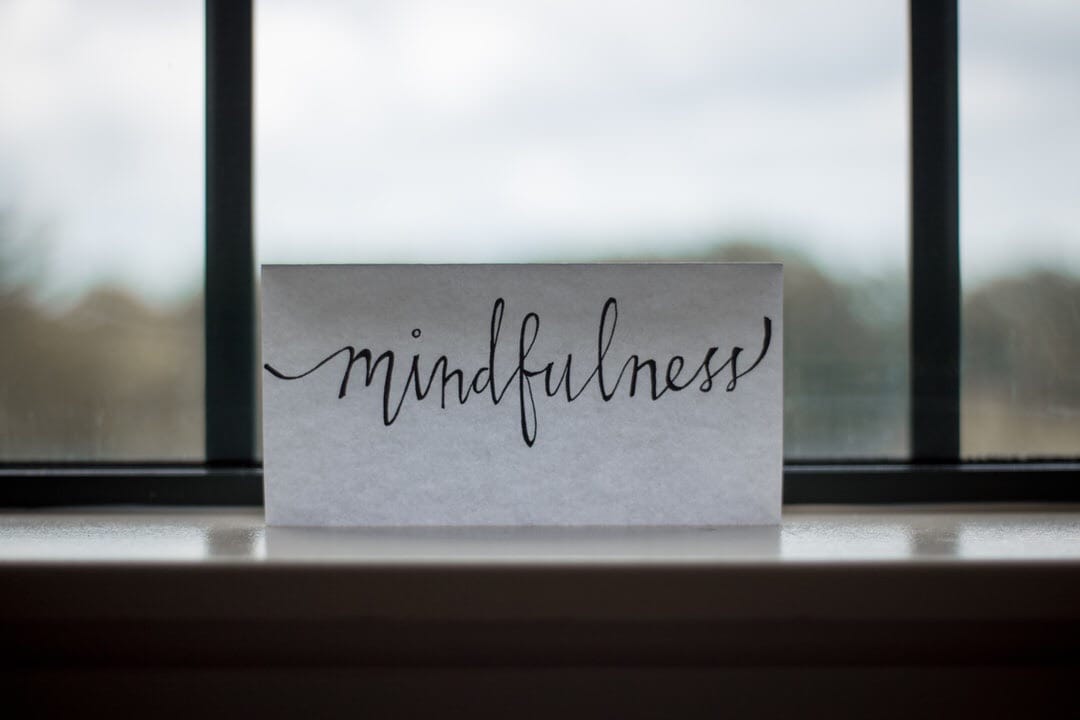
I love this photo. It reminds me so much of a story a friend recently told me about her incredibly spirited and art-supply-loving preschooler. My friend is the head of a significant nonprofit chapter, a graphic design and website whiz, a mom of two wonderful kiddos–the list could go on. I admire her for many reasons–one being her keen ability to stay calm under pressure.
On this particular day, she had A LOT going on. The nonprofit had just finished a successful (but stress-inducing) bingo fundraiser, and she lugged all the leftover supplies home, including a set of bingo daubers. Now if you aren’t familiar with bingo daubers, they look very similar to the kid-friendly dauber or dot paint tubes, with the exception being that the bingo daubers DO NOT WASH OFF! They do not magic erase off. They are not easily painted over. They are wonderfully permanent. And when she stepped away for just a moment, her little artist had just painted a permanent pointillism mural all over her walls.
Anyone relate? I’m sure the majority of us have seen our walls become toddler canvases at some point (or giant scratching posts–for those with fur babies). I love this story because most of us can relate to it but also because her reaction to the incident illustrates her ability to exude mindfulness in her parenting. Here are some of the mindfulness parenting characteristics I learned from how my friend reacted to this event:
Slow things down and take a breath. She was definitely caught off guard. She hadn’t commissioned this painting, for sure. It would’ve been easy to lose herself in the moment. But she stopped. Slowed down. Took a breath. This allowed her to reset herself amid the stress.
Name the pain. She was able to step back and look at the situation for what it was. Her child had created a series of permanent dots on the wall. This was definitely a disruption. It really sucked. She liked those walls the way they were.
Look at the world from the child’s point of view. She realized that some of her daughter’s washable art supplies looked very similar to the bingo dauber. And what kiddo wouldn’t see an empty wall as a canvas?
Make peace with mistakes or “should’ves”. It is easy to go down a rabbit hole of what ifs or should’ves (e.g., I should’ve put the daubers out of reach. I should’ve watched her like a hawk). Instead, my friend had a sense of self-compassion and gave herself a break. It had been a hard day–a hard week! Things happen. She’s still an awesome mom!
Calmly respond. I know. I know. It’s easier to write than to actually do. But because my friend had taken the action steps above, it was much easier to respond calmly. She had breathed and slowed down. She had stepped back to observe the situation and to see it from a child’s point of view. And she had given herself compassion in the moment. This enabled her to watch her tone of voice and to use the incident as a teachable moment.
Now when she tells the story, we all have a good laugh. And she found some paint that finally covered the dots, in case you were wondering! Stay tuned for more posts on how to teach mindfulness to children and a special post on how to use mindfulness in ministry.








